UNCORRECTED GALLEY
NOT FOR RESALE
SIMPLE MACHINES FOR KIDS
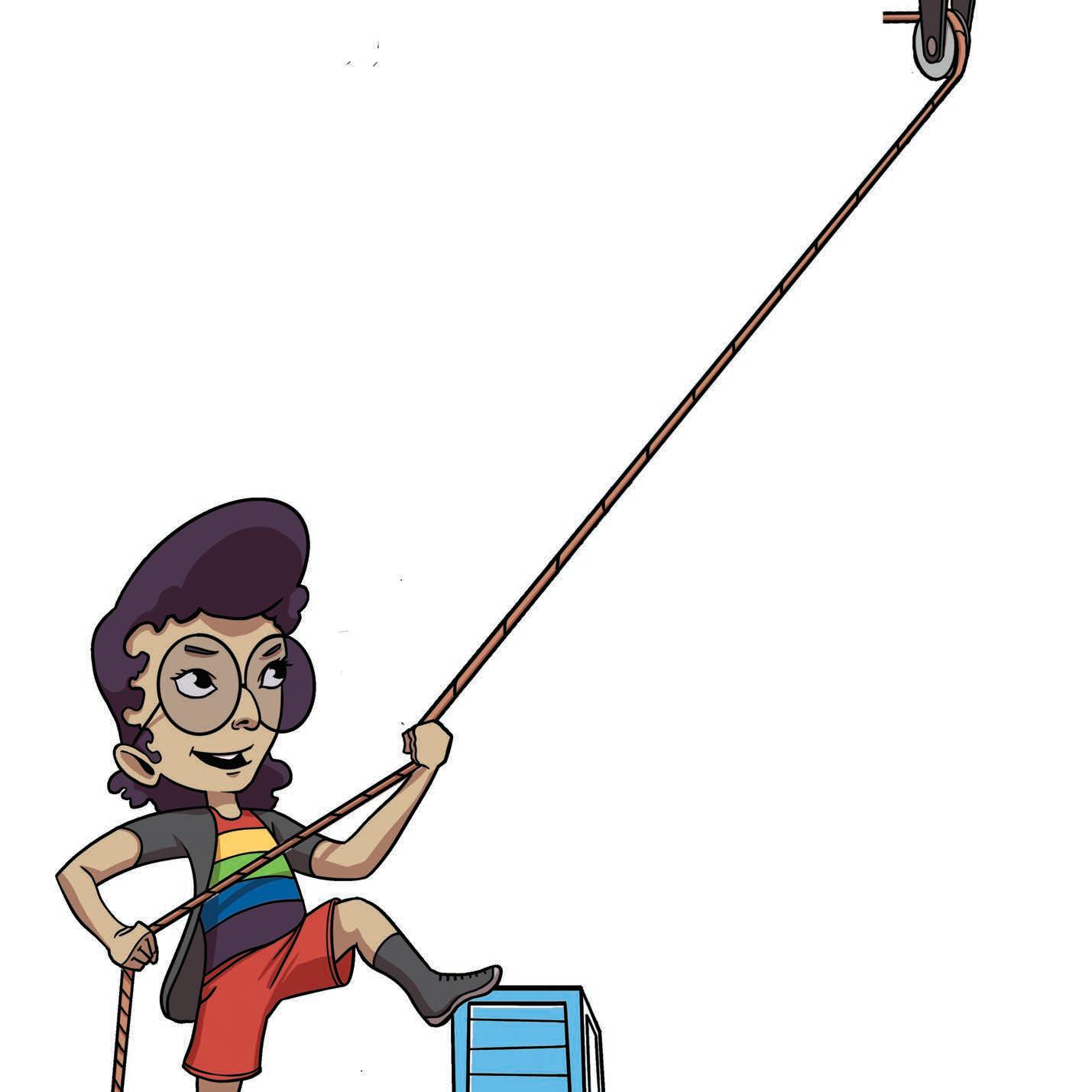
PICTURE BOOK SCIENCE
Thank you for previewing a new book coming in Fall 2023 from Nomad Press!
Our newest set of Picture Book Science books features simple machines—screws, pulleys, wedges, inclined planes, levers, and wheels and axles!

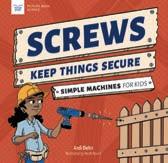


Kids ages 5 to 8 love learning about simple machines, including the physics and history behind them. Did Archimedes really move an entire ship by himself using only a pulley? Were the pyramids made with the help of ramps? And how do all of these deceptively simple devices work, anyway?

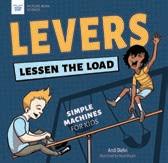
Hilarious illustrations featuring a diverse cast of characters (and their pets) make learning accessible and fun. Plus, every book in the set includes a hands-on activity designed to encourage all types of learners. Photographs of simple machines in action and a glossary round out the reading experience to create a full experiential learning adventure that aligns with Common Core and Next Generation Science Standards!
And every book from Nomad Press is paired with a free Classroom Guide, downloadable from our website, nomadpress.net/the-learning-center.
Please let me know if you have any questions!
Sincerely,
Andi Diehn
Pub date: October 2023
Softcover: 9781647410902, $13.95
Hardcover: 9781647410872, $20.95
eBook: all formats available, $6.99
Specs: 9.5 x 9.5, 32 pages, color interior
Reading Level: Ages 5–9
Interest Level: Grades K–4

GRL: M
Bisac: JU VENILE NONFICTION / Technology / How Things Work - Are Made
OTHER BOOKS IN THE PICTURE BOOK SCIENCE: SIMPLE MACHINES SET!

SIMPLE MACHINES FOR KIDS
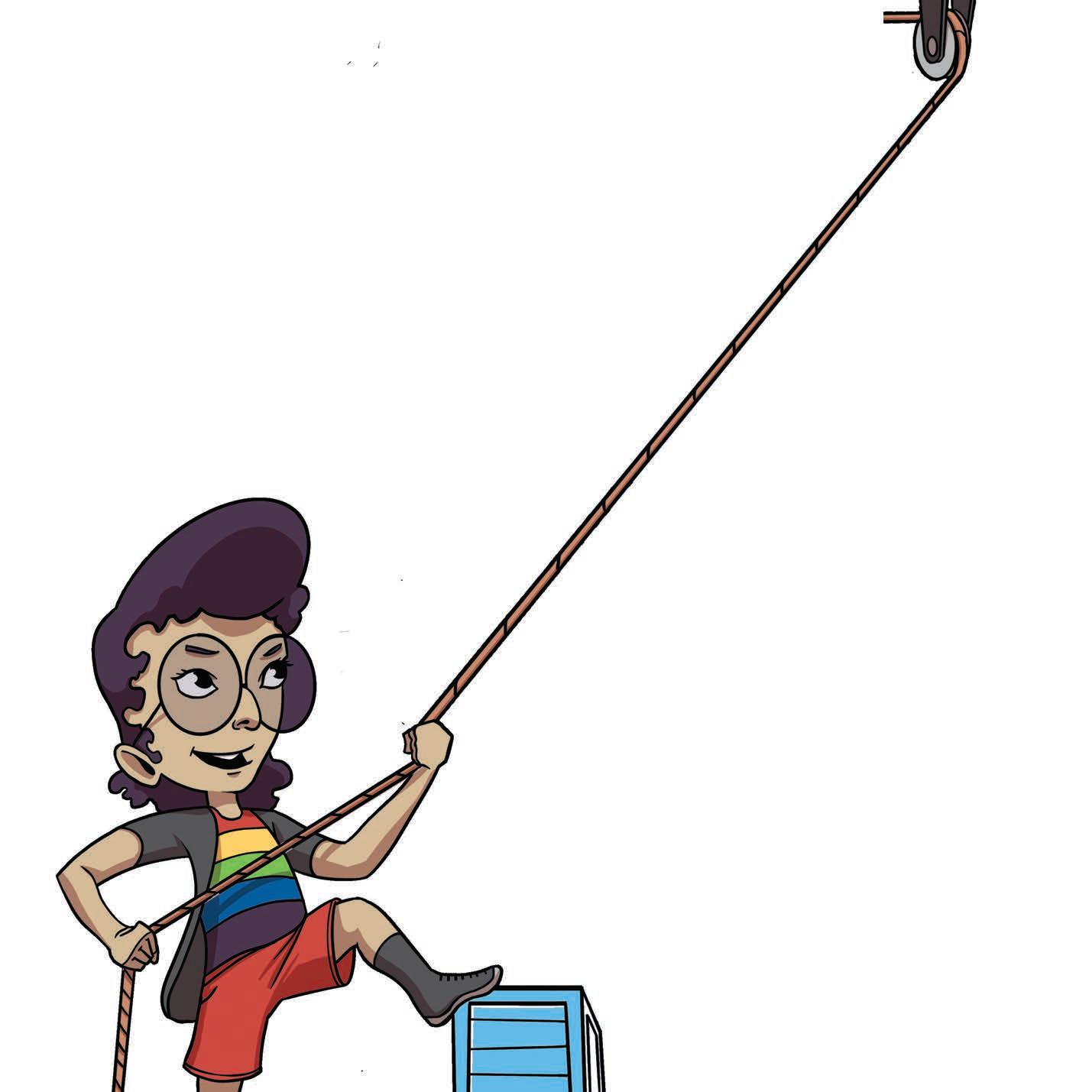
by Micah Rauch
Andi Diehn Illustrated
EXPLORE THE BIOMES IN THIS PICTURE BOOK SCIENCE SET!





ISBN
ISBN
Nomad Press A division of Nomad Communications 10 9 8 7 6 5 4 3 2 1 Copyright © 2023 by Nomad Press. All rights reserved. No part of this book may be reproduced in any form without permission in writing from the publisher, except by a reviewer who may quote brief passages in a review or for limited educational use. The trademark “Nomad Press” and the Nomad Press logo are trademarks of Nomad Communications, Inc. This book was manufactured by CGB Printers, North Mankato, Minnesota, United States
2023, Job #1041603
October
Softcover: 978-1-64741-090-2
Conn
the ordering of this book should be addressed to Nomad Press
Box 1036, Norwich, VT 05055 www.nomadpress.net Printed in the United States. Check out more titles at www.nomadpress.net
Hardcover: 978-1-64741-087-2 Educational Consultant, Marla
Questions regarding
PO
When we have some heavy lifting to do: A boulder on our banana, A rhinoceros on our raspberries, A pyramid on our pizza—
Our best bet?
Build a pulley!
A rope, a wheel, and some tugging power are all you need
To magnify your muscles, Amplify your effort, And lift more than you ever have before.

Poem 1
What might happen if an elephant sat on your book and REFUSED TO MOVE?
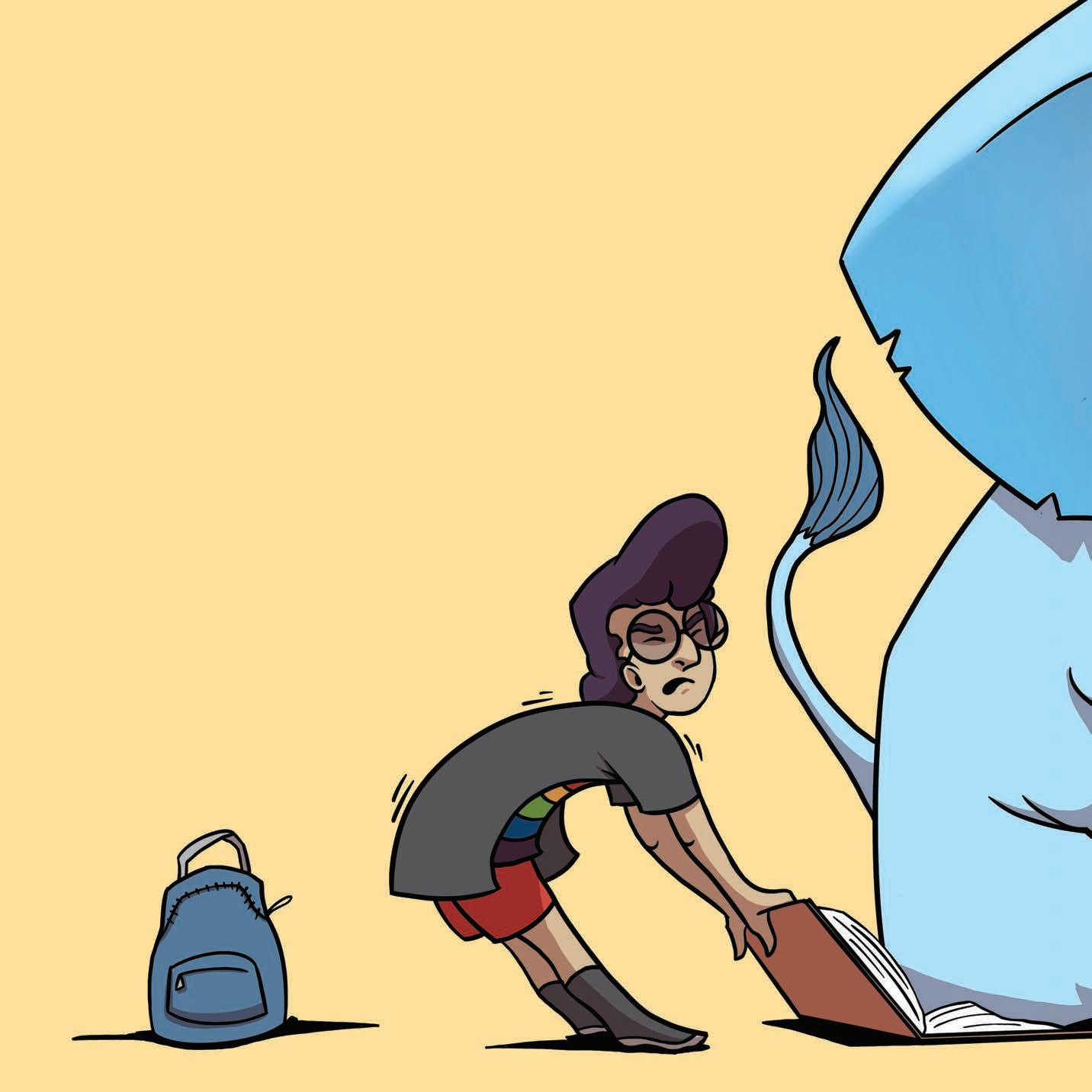
2

3
What can you do?
Even a baby elephant is TOO HEAVY for humans to move!

4
You need help. You need a simple machine!
Simple machines help us do work.
A PULLEY is a simple machine.
A pulley is made of at least one wheel and a rope or chain.
Other simple machines include screws, levers, wedges, ramps, and wheels and axles.

5
Here’s how a pulley works: One end of the rope is attached to the HEAVY OBJECT that you need to move— this object is called the LOAD. Like the elephant!

6
Your rope is threaded around the wheel, which has a GROOVE so the rope doesn’t SLIPOUT.

To work the pulley, someone PULLSat the loose end of the rope.
What happens?
7
UP GOES THE ELEPHANT!

A simple machine is a device that changes the direction or strength of a force.
8
Did you suddenly get VERY, VERY STRONG? No —that’s the power of the pulley.

9
A mechanical advantage makes your pushing and pulling force much more powerful than when you use only your own muscles.

A pulley gives you something called mechanical advantage.
10

11
Using just your own strength, you can PUSH and PULL on that elephant only so much before your muscles say, “NO! Too heavy! WE QUIT!”
But if you use a pulley, you can change the direction of that force.

12
Instead of trying to lift the elephant up, you loop a rope around the elephant, and pull down on the other end of the rope.
This kind of pulley is called a fixed pulley system.
Pulling down to move a heavy object is easier than lifting it up.

13
Another kind of pulley system is a moveable pulley.
Have you ever zoooooomed on a zip line? That’s a moveable pulley! With a moveable pulley, both ends of the rope are attached to different points. The load is connected to the pulley, which moves between the points.

14
A moveable pulley uses even LESS ENERGY to do MORE WORK .
You can find moveable pulleys at construction sites, where large machines work to move very heavy materials.

15
Let’s go back to your problem elephant.
What happens if the first pulley you made still isn’t strong enough to lift it?
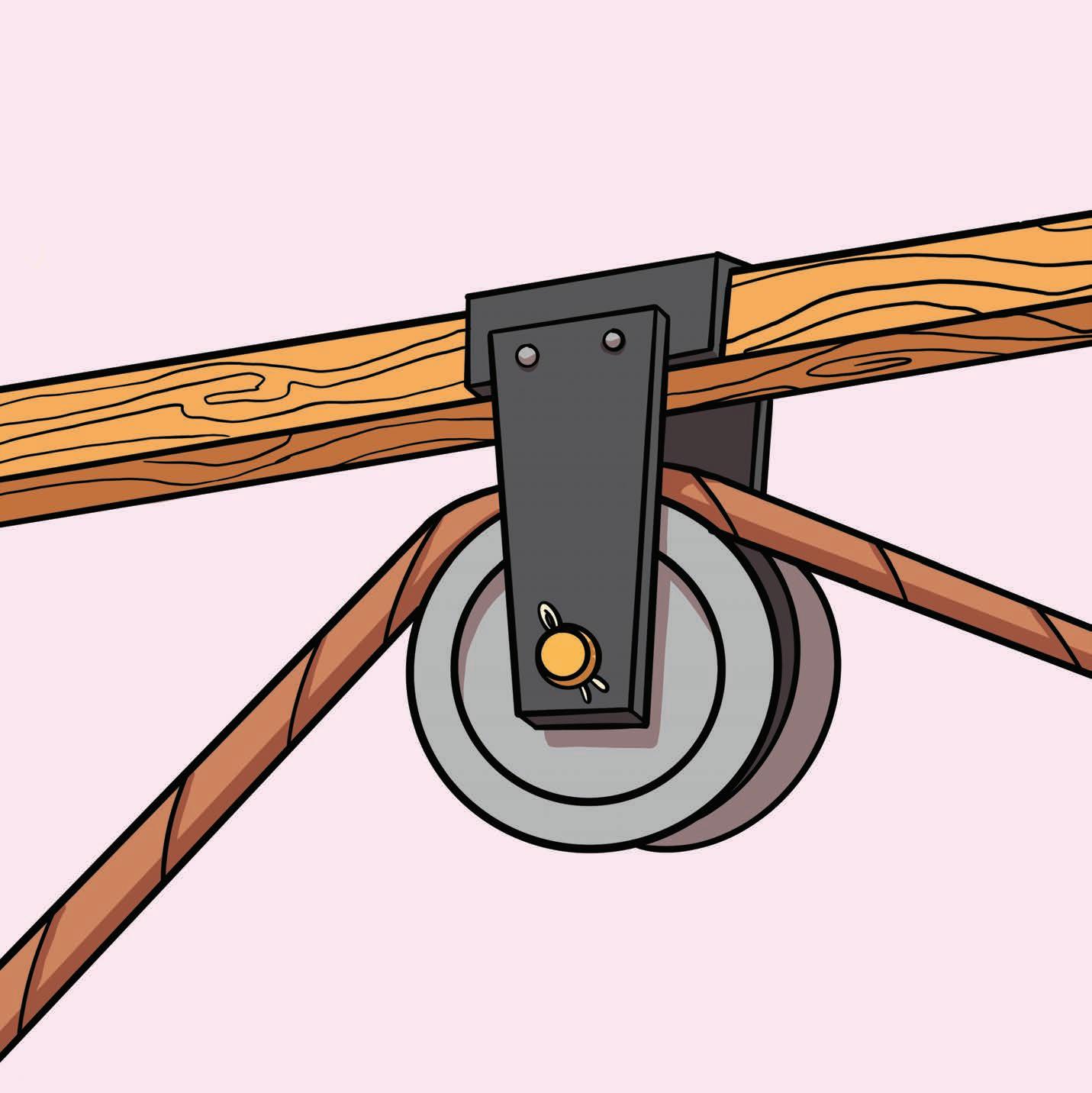
That’s when it’s time to use a compound pulley.
Two pulleys!
16
A compound pulley is a pulley that has more than one wheel—one that is fixed and one that is moveable. The more wheels you add, the more force you have.

17
Two wheels double the mechanical advantage.
Three wheels triple the mechanical advantage.

Can you guess what four wheels do?
FIVE WHEELS?
18
YES!
Four wheels
quadruple and FIVE wheels
QUINTUPLE the amount of mechanical advantage your pulley gives you.

And that elephant is GOING UP!

19
Pulleys are useful for many different types of work.
You can see pulleys in action on your window blinds.
PULL on one string and the blinds go UP.

20
You
Do you have exercise equipment in your home?
Equipment with weights have pulley systems so people can work their muscles in different ways.

21
can find pulleys on boats, at construction sites, on theater curtains, and many other places!
Humans have been using pulleys for thousands of years!
Legend says that an ancient Greek thinker named Archimedes was able to move the largest ship in Greece ALL BY HIMSELF.

22
His secret? A PULLEY!

23
People used pulley systems to help build the Great Wall of China.
The Great Wall of China was built over 2,000 years as different Chinese emperors tried to defend their territories from invaders.

24
Earth
, stone, brick, granite, marble, and wood
all had to be moved and lifted to create many different sections of wall that STRETCH between 2,500 and 3,400 miles.

25
Today, pulleys are everywhere!

26
Look around your house, school, and neighborhood.
Where do you see pulleys?
What are they helping to lift?
And remember, whenever you need to move an elephant, be sure to use a PULLEY!

27
Activity Time!
Make a Pulley!
What You Need
one yogurt container and two lids - tape or gluestring - wooden skewer - bottle of water
What You Do
• Tape or glue the two lids onto each end of the yogurt container.
• Ask an adult to make a hole in each end of the container.
• Push the skewer through the holes so the container can turn around it easily. This is your pulley wheel!
• Balance the skewer on the backs of two chairs.
• Loop the string over your pulley wheel and tie one end to the water bottle.
Try It Out! Pull on the other end of the string. Can you lift the water bottle?
Can you lift something heavier?
28
compound pulley: a system of fixed and moveable pulleys that work together.

fixed pulley: a pulley system in which the pulley is fixed to a point and the rope is attached to the load or object.


force: a push or pull that changes an object’s motion.
load: the object you need to move.
mechanical advantage: the amount a machine increases a force to make a task easier.
moveable pulley: a pulley that moves together with the load.
pulley: a simple machine consisting of a wheel with a grooved rim that a rope or chain is pulled through to help lift a load.
simple machine: a device that changes the direction or strength of a force.
Glossary
29
SIMPLE MACHINES





Pulley Screw Wheel

Incline Plane Wedge Lever
30
CHILDREN’S NONFICTION PICTURE BOOK

AGES: 5–8 • GUIDED READING LEVEL: M
What if an elephant sat on your book and refused to move. How could you lift it? Very carefully!
You might want to use a pulley! A pulley is one of six simple machines that are designed to make different kinds of work—such as lifting, pulling, pushing—easier.
In Pulleys Pull Their Weight: Simple Machines for Kids, young engineers solve the problem of a heavy elephant by learning about forces and how we can increase the amount we can lift.





A poem, glossary, and handson activity make for a fun and experiential reading experience!
Praise for Forces by Andi Diehn
“Children, parents, and teachers alike can enjoy learning the charming, often funny, relatable, and accessible science within this Picture Book Science series offering.”
Booklist Starred Review

focus
science
on
Pulleys Pull Their Weight is part of a six-book set in the Picture Book Science series, designed to introduce young engineers to physical science concepts.



























































